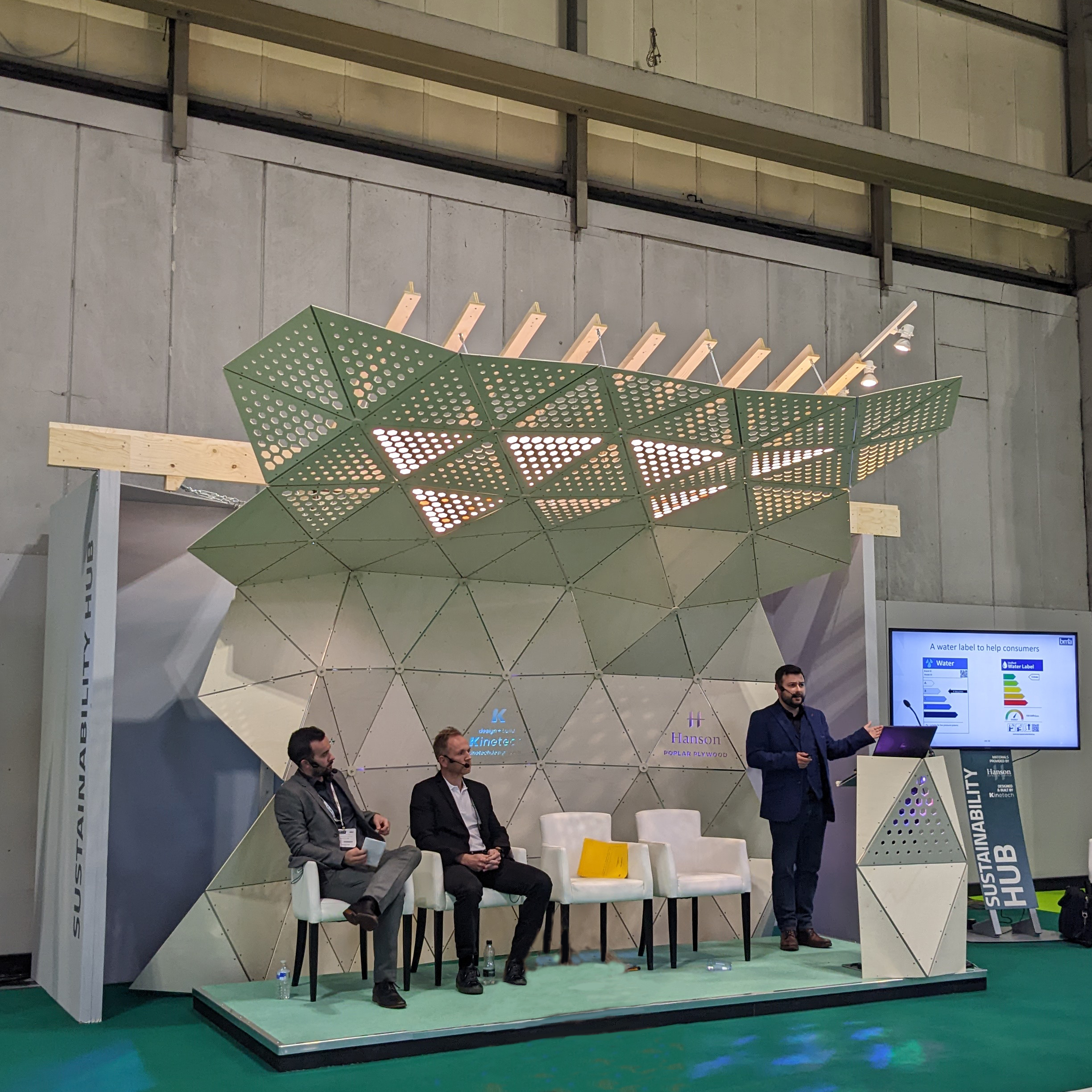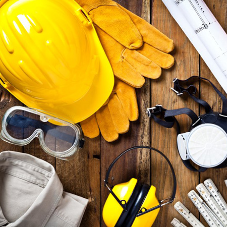In this article we look at the innovative self-healing concrete materials being developed by the Materials for Life (M4L) project team, and the benefits they could bring to construction.
Introduction
Funded by EPSRC and a collaboration between Cardiff University, University of Cambridge and University of Bath, the Materials for Life (M4L) project team have been developing a self-healing concrete system to address the vision of a sustainable and resilient built environment.
It is widely accepted that the design-life of concrete structures is reduced by the development of micro-cracks, which allow the ingress of water, carbon dioxide and chlorine ions into the structure. This causes carbonation, sulphate-related degradation of the concrete and corrosion of the reinforcement.
The new generation of materials and structures will address concrete damage at various length and timescales, and will continually monitor, regulate, adapt and repair themselves without the need for external intervention. In this way, these self-healing materials and intelligent structures will enhance durability and serviceability, improve safety and reduce maintenance costs.
Costain are the lead contractor on the A465 Heads of the Valleys section 2 project in South Wales, where 8.1km of existing highway will be upgraded from single to dual carriageway between Gilwern and Brynmawr. The self-healing concrete site trial was built in October 2015 where 5 wall panels will incorporate these techniques.

Cardiff University and University of Bath site team with wall panels
The technology behind self-healing materials
Release of healing agents from microcapsules. This research focused on incorporating microcapsules containing various healing agents into concrete mixes. These capsules are ruptured through the propagation of cracks in the concrete, thereby releasing healing agents into the crack plane. This serves to block the ingress of harmful substances and aids in the recovery of structural strength.

Microcapsules
Deposition of material in the cracks promoted by bacterial action. This research focused on a bacterial self-healing solution. Following laboratory experiments in which different potential strains were investigated, their concrete mix within the site trial contained the bacteria bacillus pseudofirmus, infused into lightweight aggregates in the form of pearlite.
Crack closure using shape memory polymer tendons.This solution uses shape memory polymers as a crack closure mechanism within concrete structures. For the trial this material was manufactured into shape memory polymer ‘tendons’ which were tied onto the reinforcement and could be activated via a heating wire system.
Repeated supply of healing agents through vascular networks. This solution used vascular networks to be placed within concrete structures. These consist of artificially-created channels through which healing agents can be supplied under pressure. To enable the healing agents to migrate to areas of damage the network was designed for and placed in the zone most susceptible to cracking.
Conclusions
The physical implementation of some of these proposed technologies has shown to be a straightforward process, the challenge remains in identifying suitable applications for these techniques.
The project has shown that while in isolation these healing response systems would be unable to respond to the range of damage that can arise, they do have the potential to work together synergistically, thereby reducing and removing the requirement for inspection, maintenance and repair and creating truly viable “Materials for Life”.
Further Information
Further information about the M4L project can be found here: m4l.engineering.cf.ac.uk.
You may also be interested in attending the free seminar “Innovation construction materials – the art of the possible” on 20th July. The seminar will discuss issues that construction practitioners have when choosing sustainable and resilient materials for their projects.
Information for this article was provided by CIRIA. CIRIA is the construction industry research and information association.
What do you think? Take part in the conversation on our LinkedIn post















